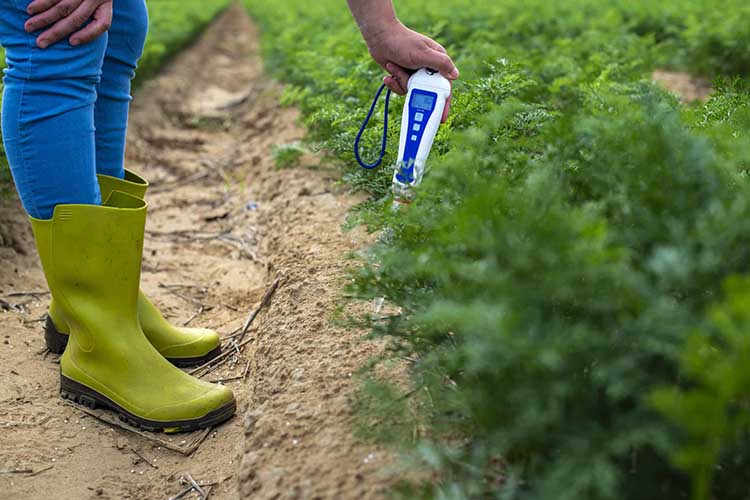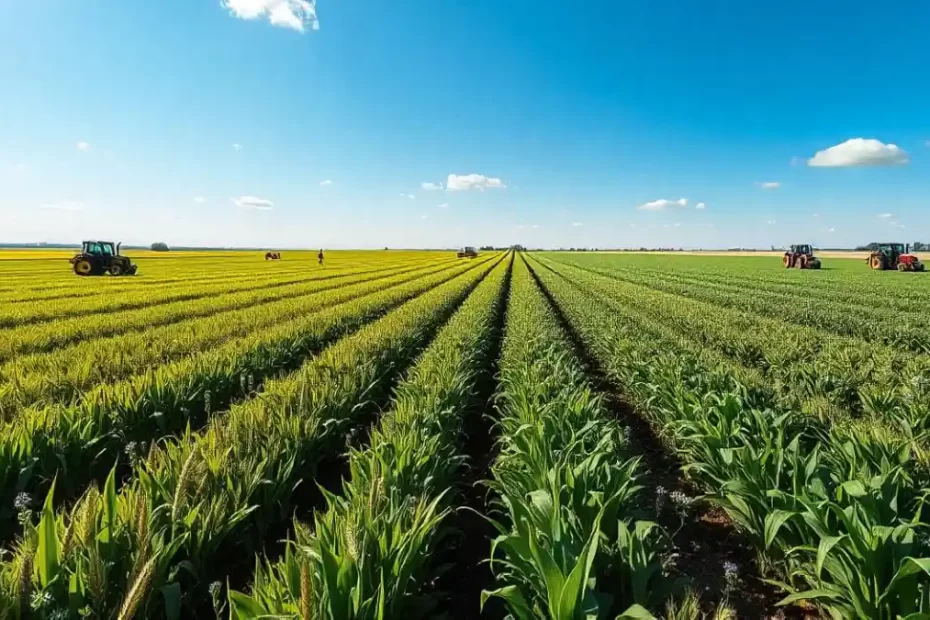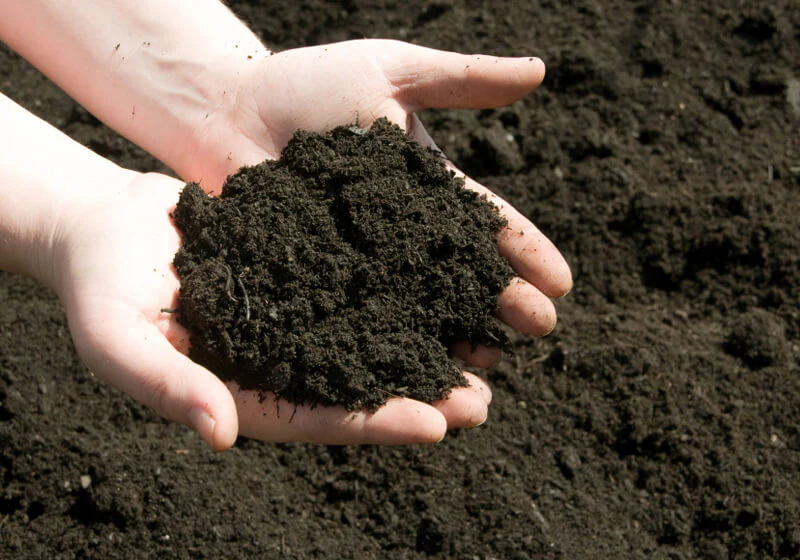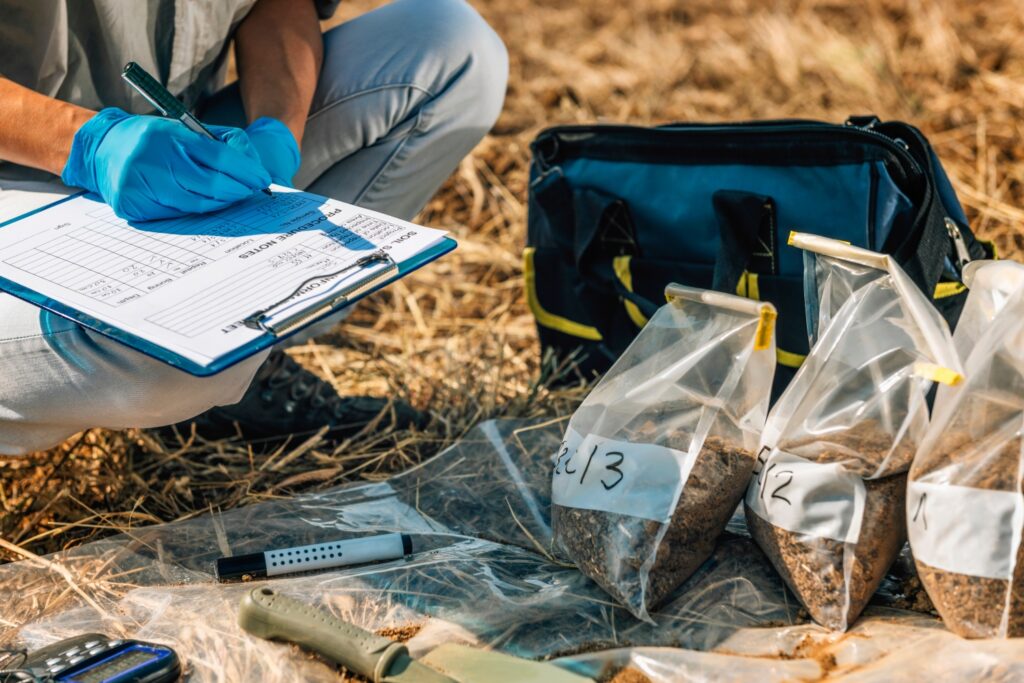Information
Liming: Not All Lime Sources Are Equal – Part 3
Determining Lime Requirements and Liming Myths Firstly, the quantity of lime required is not based on soil pH alone. Factors such as soil bulk density, the percentage of stone in the soil, liming depth, existing or potential crop are some examples that will help to determine and calculate lime requirements. Secondly, the type of lime…
Read MoreLiming: Not All Lime Sources Are Equal – Part 2
Understanding Soil pH Soil pH is a chemical measurement of how acidic or alkaline soil is. This is based on the negative logarithm of hydrogen ion (H+) concentration. As a logarithmic scale, a change of one whole pH unit represents a tenfold difference in acidity or alkalinity. For example, a soil pH of 5, is…
Read MoreLiming: Not All Lime Sources Are Equal – Part 1
An Introduction to Soil pH and Liming Lime reacts with soils to increase the soil pH to a more desirable point. At soil pH levels closer to neutral, most essential nutrients become more available to the plant, there is less risk of fertiliser losses and beneficial soil biology tend to favour these conditions. As indicated…
Read MoreSoil and Leaf Sampling Protocols
Author: Kent Yeatman Read Time: 5 minutes 1 August 2025 Broadacre Crops (Potatoes, Maize, Wheat, etc.) Try not to exceed a composite sample that represents no more than 5Ha. Composite samples should be collected in 30m by 30m intervals (9 cores per Ha multiplied by 5Ha, therefore 45 cores blended for 5Ha). Divide the field…
Read More



